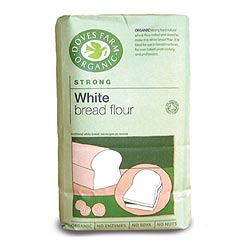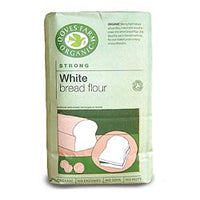

Frontier Natural Products, Whole Cumin Seed, 16 oz (453 g)
£20.37 GBP
Disclaimer
While VITAMINSUK strives to ensure the accuracy of its product images and information, some manufacturing changes to packaging and/or ingredients may be pending update on our site. Although items may occasionally ship with alternate packaging, freshness is always guaranteed. We recommend that you read labels, warnings and directions of all products before use and not rely solely on the information provided by VITAMINSUK
This product is not intended to diagnose, treat, cure, or prevent any diseases.
Cuminum Cyminum Kosher One of the world's most popular spices, cumin is extremely aromatic, with a warm, spicy, slightly bitter, earthy flavor. Cumin seeds are enjoyed around the world but especially in North African, Middle Eastern, Indian and Mexican cuisines. A low-growing, tender, annual member of the carrot and parsley (Umbelliferae) family. The yellowish-brown fruit of the plant--cumin seed as we know it--is elongated, with nine ridges. Cumin seeds resemble caraway seeds in appearance, although close inspection shows that the cumin seed is straighter, longer, and greener than the caraway seed. (Poppy seed and turmeric, to a lesser extent, also served as blockers.) Egyptians used cumin around 5000 B.C. both to season meats, fish, and stews and to mummify their dead. The Romans used it as a substitute for pepper, and the Roman emperor Antoninus Pius was nicknamed "the cumin splitter" because he was frugal in his personal life in order to help provide money for social projects. In the Middle Ages, when cumin was very popular, Europeans believed it would keep poultry from wandering away and ensure fidelity between couples. The Germans carried cumin, dill and salt in their pockets when being wed, and in parts of Europe, a soldier would share a farewell wine powdered with cumin or carry with him a loaf of cumin bread baked by his sweetheart. Cumin was introduced to Latin America by Spanish explorers when the New World was settled, and it quickly became a mainstay in their cooking. Its use in the U.S. was minimal until the explosion of interest in Mexican and other ethnic dishes. A primary ingredient in curry and garam masala blends, cumin seasons many ethnic dishes. Latin American soups and stews are flavored with cumin, as are Mexican meat, bean and rice dishes. While Mexican cooks characteristically rub the cumin seeds in their hands before dropping them into the cooking pot, Indians sprinkle the roasted, powdered spice over cooked vegetables and meats. In Morocco, brochettes (grilled meat kebabs) are seasoned with a blend of cumin, turmeric, ginger, peppercorns, garlic, onions and parsley. Germans have long used cumin in sauerkraut, while the Hebrews traditionally add it to unleavened bread. Dutch and Swiss cooks use it to flavor cheese (Edam cheese in particular), cakes and breads (especially rye). Western cooks use it--in combination with other spices--to flavor fruit pies and cookies, cheese dips, cottage cheese, sandwich spreads, eggs, fish, casseroles, salad dressings, tomato-based sauces, poultry and meats like roast pork, sausage and meat loaf. (Cumin is also found in commercial meats, cheeses, liqueurs and pickles.)
Disclaimer
While VITAMINSUK strives to ensure the accuracy of its product images and information, some manufacturing changes to packaging and/or ingredients may be pending update on our site. Although items may occasionally ship with alternate packaging, freshness is always guaranteed. We recommend that you read labels, warnings and directions of all products before use and not rely solely on the information provided by VITAMINSUK
This product is not intended to diagnose, treat, cure, or prevent any diseases.









